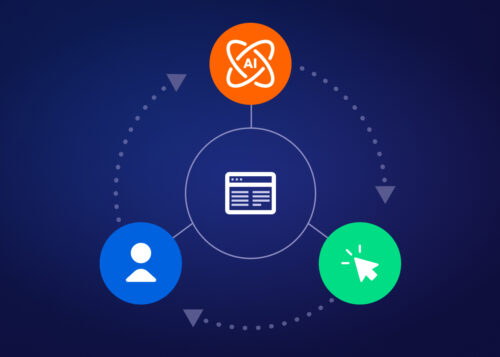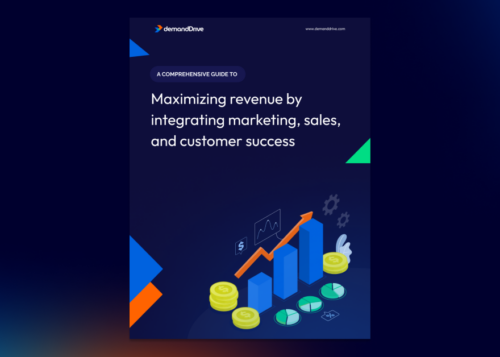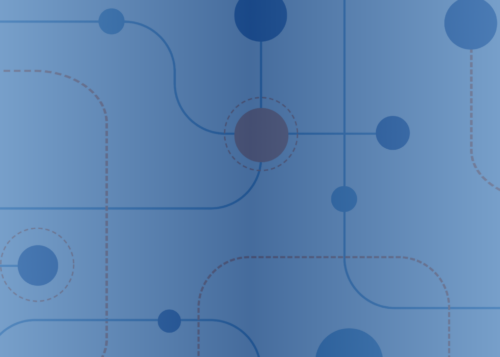Advice Every SDR Should Know

Q1 2021 Symposium Recap
Starting in January of 2021, we’ve been hosting a monthly “SDR symposium series.”
These are hour-long sessions where we tap some of the top SDRs at demandDrive to run peer-to-peer panel discussions around topics of interest.
Cool, but why should you care?
2 good reasons:
1) We found that the symposiums were a great replacement for our previous in-office learning environment. Since we’ve transitioned to a remote workforce, simply tapping a peer on the shoulder to ask for advice or guidance has become more difficult. Asynchronous solutions like Slack are great alternatives, but we found that nothing beats a live peer-to-peer learning session.
2) Our SDRs have a LOT of insight. More than even we imagined. And they were more than happy to share it with each other. After all, a rising tide lifts all boats.
We’re recapping the top advice from each of the symposiums we held in 2021. We’ll also link to each of the events individually so you can dive into any that are of particular interest to you!
January: Communicating With Your Pipeline
Nurturing your pipeline and follow-up accounts are crucial to your success as an SDR. In fact, we put so much value on these accounts that we came up with a new acronym for them – the Inside Sales Qualified Lead aka ISQL.
SDRs should be ruthlessly efficient at creating and converting ISQLs. It allows you to better forecast how many opportunities you’ll be creating each month, and where you need to spend the majority of your time (either building new pipeline or flipping current pipeline).
But you can’t get too aggressive with it. Our panel all agreed that the best way to nurture your ISQLs is to not push buttons. You want to shift the goal from “get the meeting” to “help this person.” Put simply, the top piece of advice from this symposium is help, don’t sell.
Reconnecting with your pipeline isn’t always cut and dry – your SDRs need to think tactfully about the tone of their message. All 3 of our panelists agreed that when it came to the tone of their message, it was best to err on the side of consultative vs. salesy.
If you push for a meeting when these prospects aren’t ready, you tank your credibility as an SDR. Prospects can smell commission breath from a mile away.
Instead, opt for the more consultative approach. Reach out to your prospects to build rapport and stay top-of-mind. Work to carve out space in your prospect’s brain for your name and brand.
That way, when the timing is right, you’re the SDR they reach out to.
February: Cold Calling Best Practices
SDRs will never not need cold calling advice. Despite the constant rhetoric that cold calling is “dead,” we find time and time again that it is alive and well. It just depends on how “cold” your calls really are.
Our panel shared a lot of good advice on calling vs. emailing (hint: do both), how much research is too much, and the best way to break up your day. But more than anything else, they all agreed on one thing: establish a cold calling routine.
It’s no secret that cold calling takes a certain mindset – you have to be focused on the task at hand, and any distractions can easily bump you out of that zone and decrease your productivity.
Cold calling is very much a “flow” activity. And whatever you need to do to get into that flow state will be different from your peers. It’s important to observe and learn what others do, but ultimately your goal should be getting yourself in a state where you’re as comfortable as possible.
Whether it’s coffee, chocolate, your pump-up music playlist, a 5-minute stretching session, or a quick game of pop-a-shot, the key here is consistency. Find something that works and make it a habit.
It does help to find the right time of day for this as well. Stay tuned for some time management tips later in this article.
March: Cold Email Best Practices
Batman and Robin. Macaroni and Cheese. Phone and Email.
Some things were just made to go together. SDRs who leverage the power of phone and email in their cadence see it firsthand. It doesn’t matter which channel you start with – what matters is that you leverage both to get your message in front of your prospects.
That, and the more relevant you can make your emails the better.
If you’re a small SaaS company that targets HR managers, you really don’t care if a product can help the likes of executives at Nike and Oracle – you want to know it’s worked for companies like yours.
It takes a bit more effort, but the more you can make a message resonate with your prospect the better your responses will be.
And yes, there’s a big difference between relevance and personalization.
Relevance deals with a “one to a handful” messaging vs. “one to one” messaging. It means you can templatize some aspects of your email, but you can tweak sections depending on the persona or industry you’re reaching out to. That way, you’re not fully sacrificing volume for the sake of quality.
Related Resources
Continue exploring

Alternative Prospecting Methods

Building Confidence as an SDR

Mind Over Matter

Traditional content syndication is broken. Here's how to fix it.

Maximizing revenue by integrating marketing, sales, and customer success

A Guide to Research-Based Prospecting in 2024



